Author: Pete
Location: Taha’a, Society Islands
Date: July 9 – 12, 2015
Sailed out of the Fare pass in Huahine and headed west downwind with following seas, running wing-wing to Taha’a….a….ah.. a… ah.. aaaa. Ugly clouds obscured the island as we crossed the twenty easy miles, but thankfully never hammered us. I love weather that’s “All-Bark, No-Bite”, or as my buddy Hal puts it, “All Hat and No Cattle”.
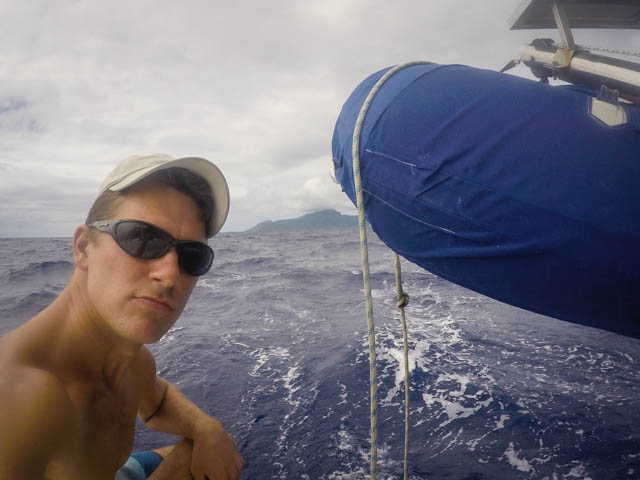
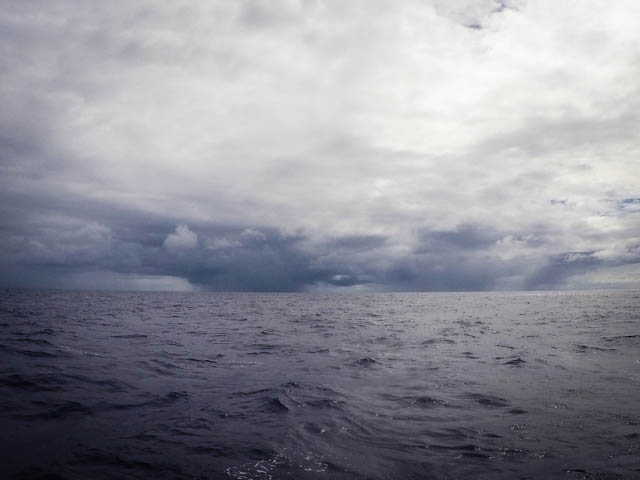
Once through the easy Toahotu pass we cut slightly south and into the deep Haamene Bay. We’re not sure what’s up with the island’s obsession with unnecessary vowels; I bet they’d get along well with Brits when they visit. I’m think they’d love the flavour, colour, and granduure of the island. We picked up a mooring in 100 feet of water courtesy of Hotel Hibiscus who we heard did great tours of the local vanilla and pearl farms on the island. We radiod them to see if they’d show us around the next day, then settled in to enjoy the huge empty bay and clearing skies.
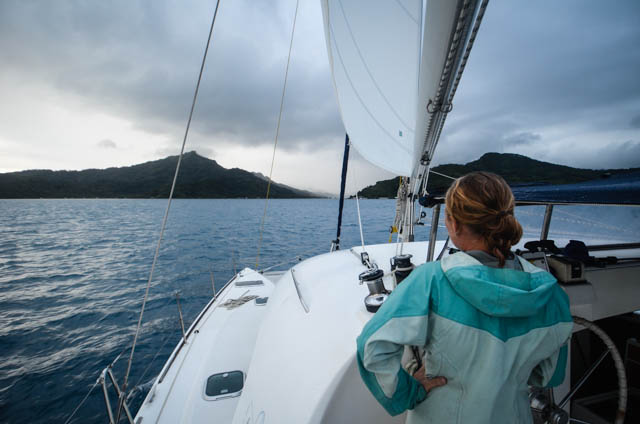
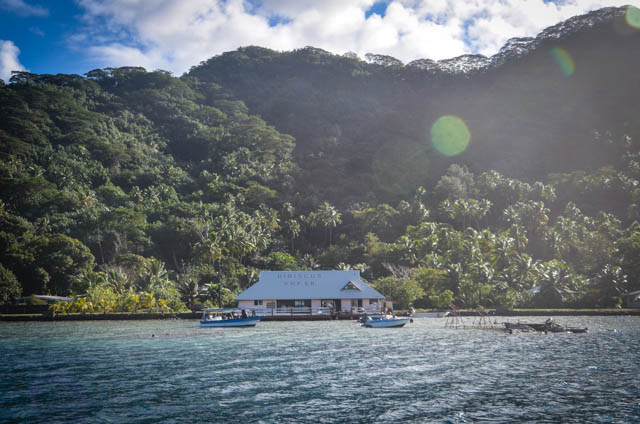
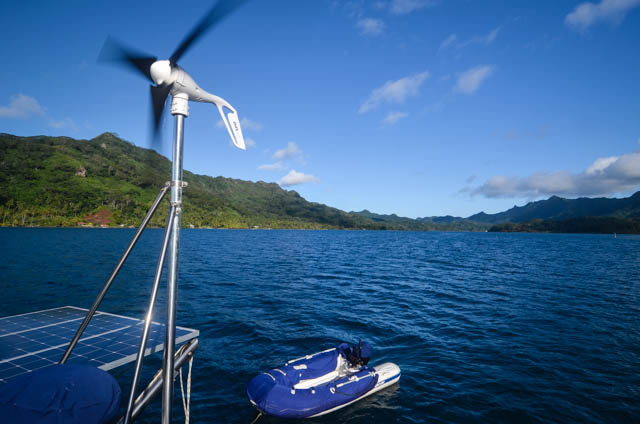
The next day we met up with Marke, whose French father and Polynesian mother ran the pension. In my mind, Marke is spelled like that in following with the unnecessary vowels. You think I’m kidding, but when he showed us around the island, all of the signs seem to be missing all the consonants. Like when we drove through the town of Faaaha. Sounds like something I’ve shouted in front of my students when I forget to move the decimal and end up with completely the wrong answer twenty minutes later. “FAAAHA!”
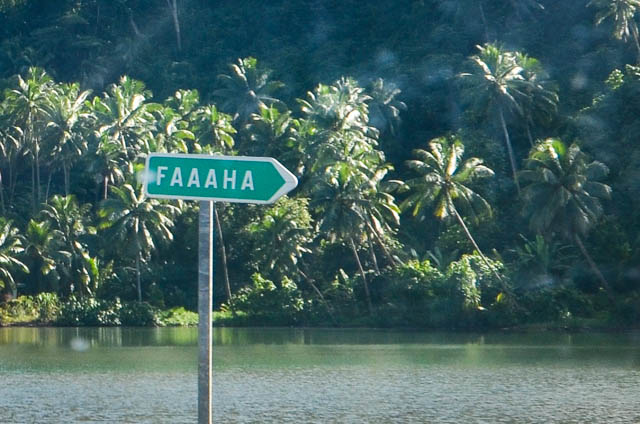
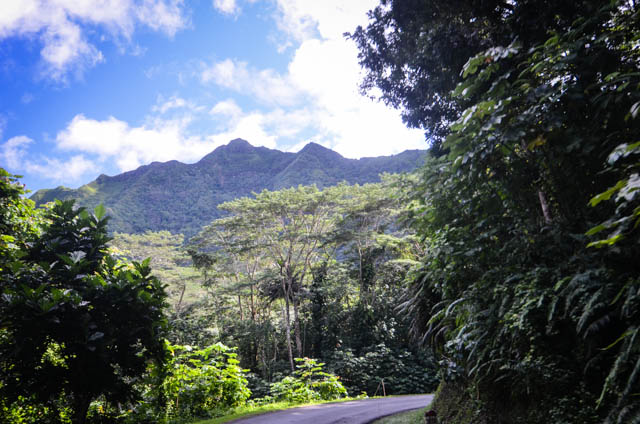
Our first stop was at a local vanilla farm. Apparently, 80% of the French Polynesian vanilla comes from Taha’a. Teva, our host, showed us his covered grow house that keeps birds and other pests out. He said each vine takes 3 years to mature and give flower. The beans take nine months to develop after the flower is pollinated. Then the beans need to be sun-dried which takes another five months. So it takes over a year to go from flower to sellable bean. One kilogram (2.2 pounds, you lackey) of dried beans though goes for about $400-500 USD.
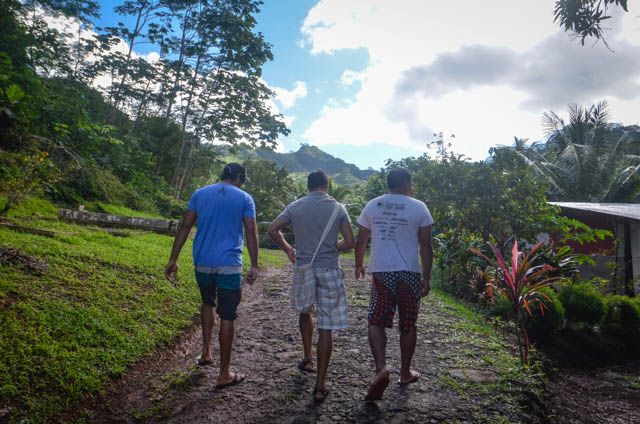
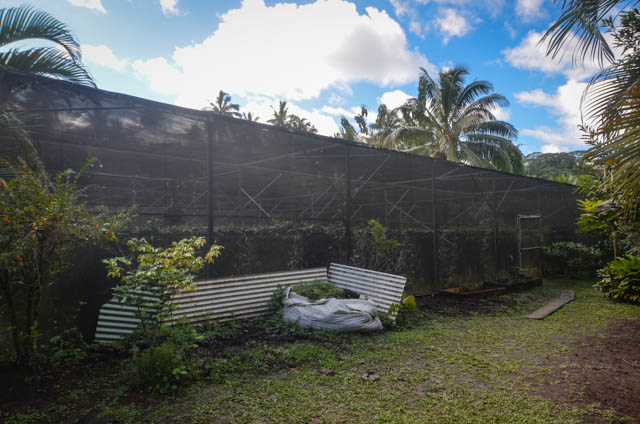
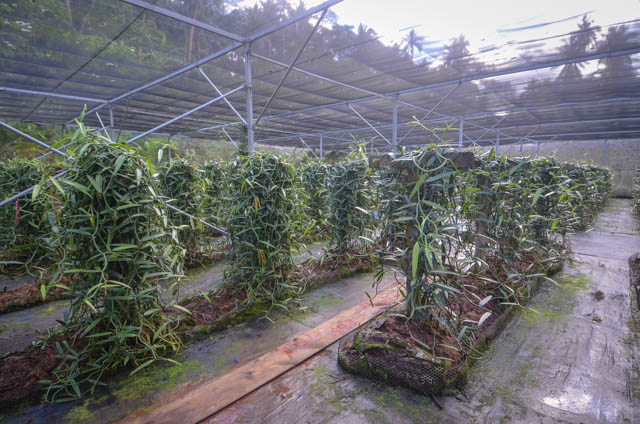
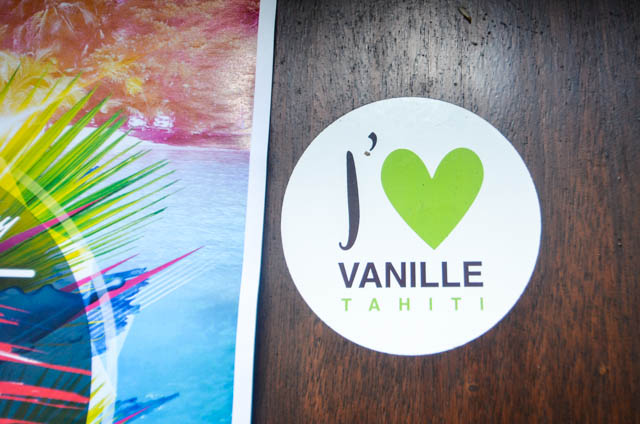
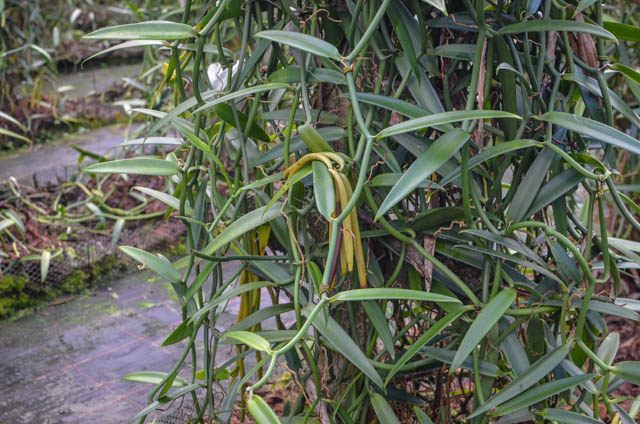
It’s a hybrid of the Bourbon vanilla from Madagascar, and needs to be pollinated by hand since the insects that normally do the job weren’t brought to the island with the first plants. So our host, Teva, showed us how to pollinate the flowers. It made me blush, but it’s all in the name of science and fine cuisine!
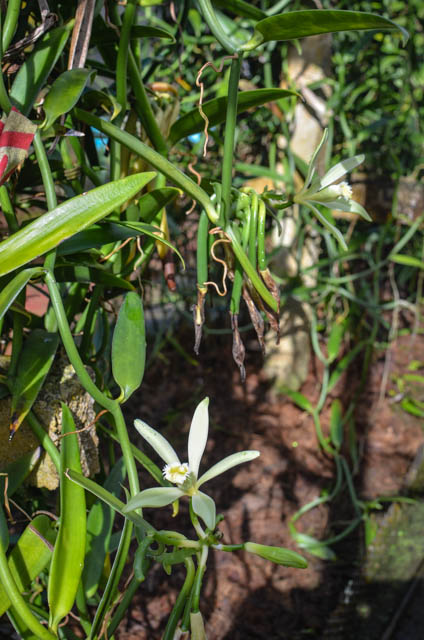
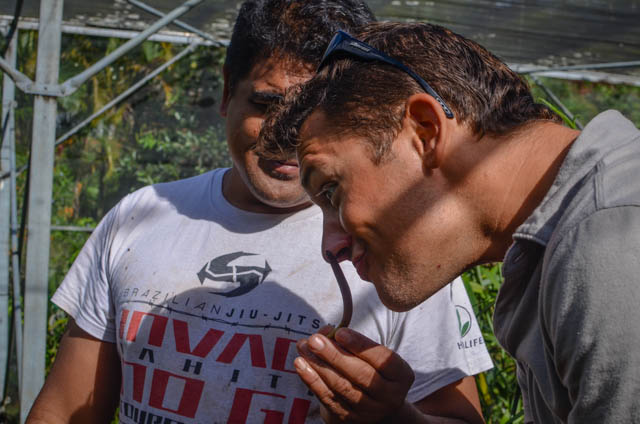
The whole thing was run out of his house with his wife. Sounds like it takes a good deal of time and capital to set up, but then runs pretty smoothly. Teva said he sells mostly to local and foreign restaurants looking for organic, independently grown vanilla. Great niche.
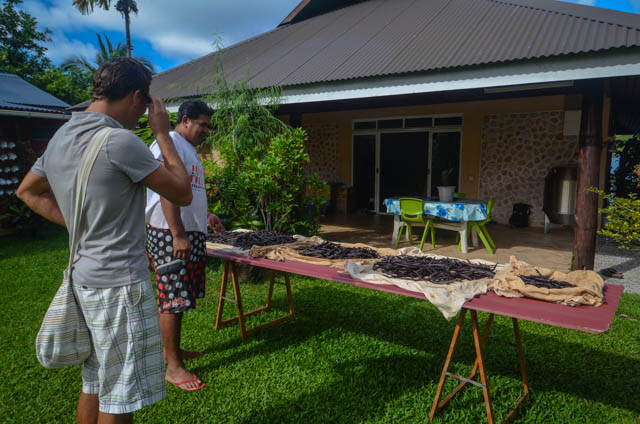
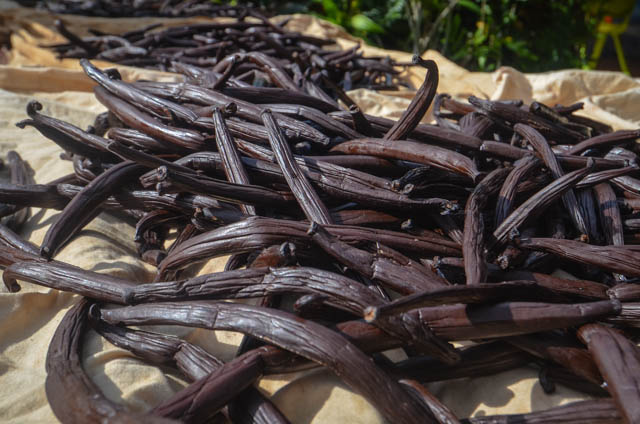
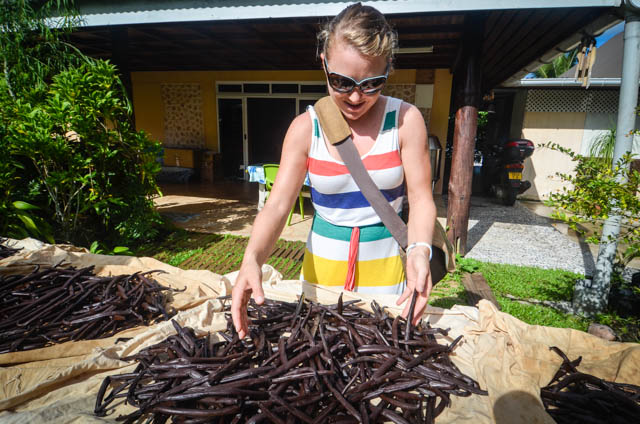
Then it was off to the pearl farm along the winding coastal road. Gorgeous weather and a great view of Bora Bora.
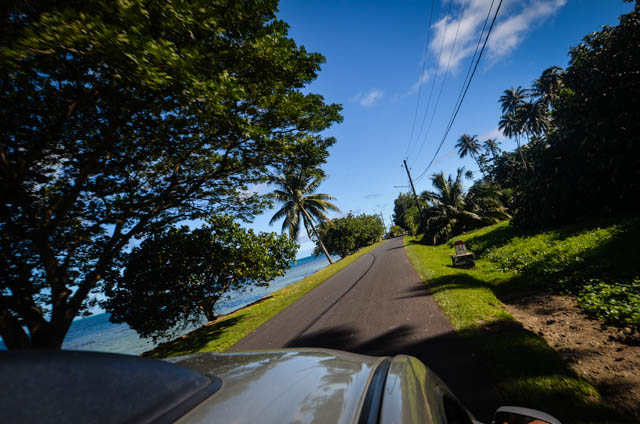
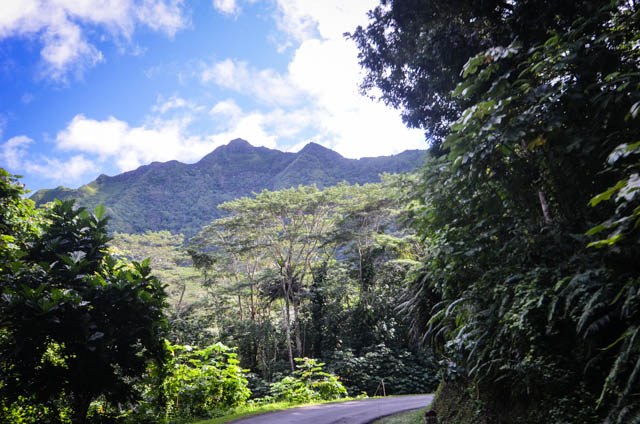
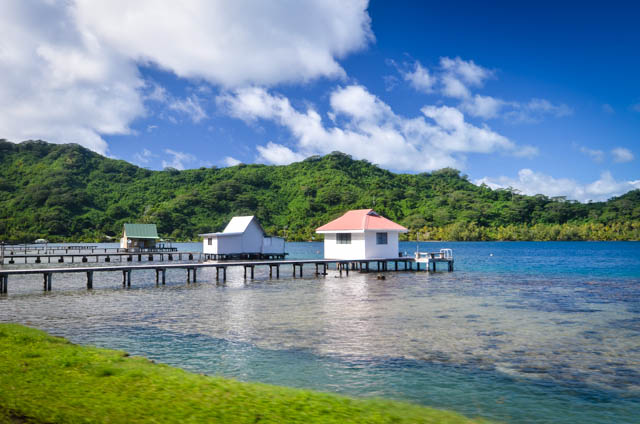
Out on the docks our hostess, Magda, showed Miranda and I the process of making a pearl. The oysters are mostly a breed from the Tuamotus and are now grown here, hung in baskets under floats in the lagoon. Oysters will coat foreign objects in their iridescent mother of pearl. When that happens in nature you get a gorgeous object the size and shape of a Nerdz candy, but certainly not your gramma’s pearl earrings style.
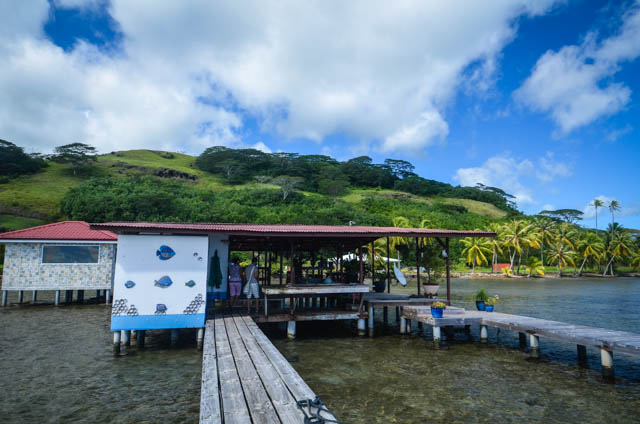
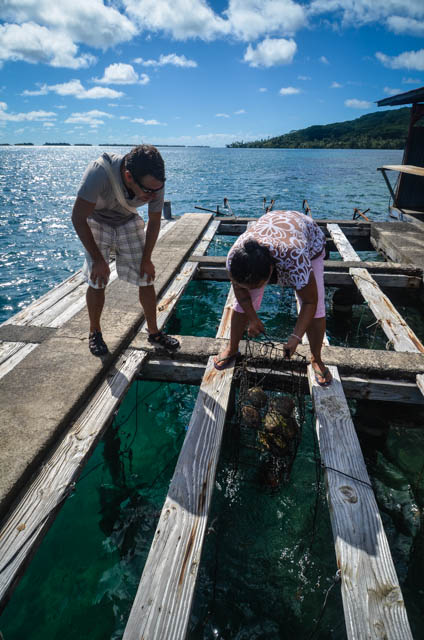
To get that shape the oysters are grown for a couple years until they’re big enough to handle a nucleus, or sphere cut from a swarthy clam from the Mississippi river. So a white marble is put into the oyster, and twelve to eighteen months later the thing is coated to an appropriate thickness with mother of pearl. Seems like cheating, right?
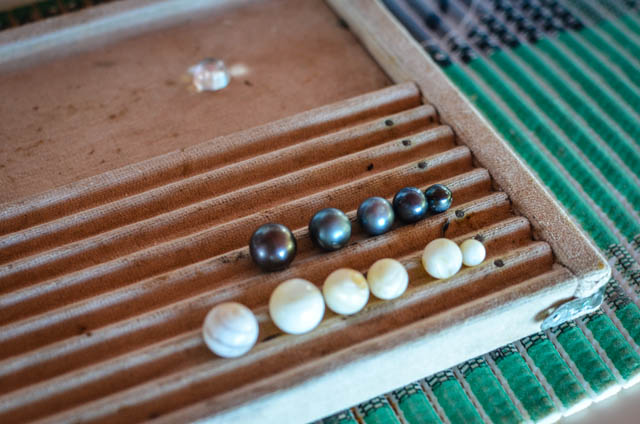
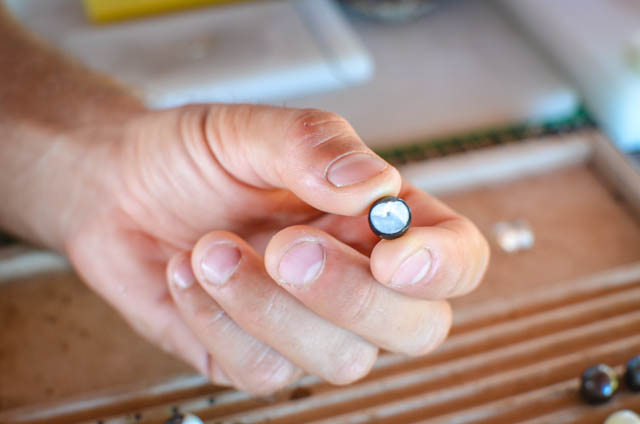
If an oyster spits out the nucleus or coats it only partially, which happens about half the time, the oyster will never be a pearl bearer and is thus is eaten with lemon and garlic. If the oyster coats the nucleus well, which can be discerned through careful, non-destructive surgery, a larger nucleus is inserted and the oyster is returned to the farm. Most productive oysters can make four pearls before they’re tuckered out. Magda showed me all about where to squeeze to get the pearl to pop out. She said I’m pretty good at it, but I’m sure she says that to all the guys. Geeze, here I thought vanilla pollination would be the only thing that made me blush on this excursion.
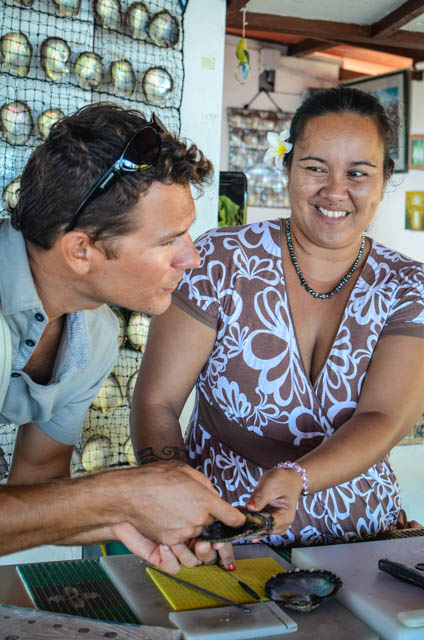
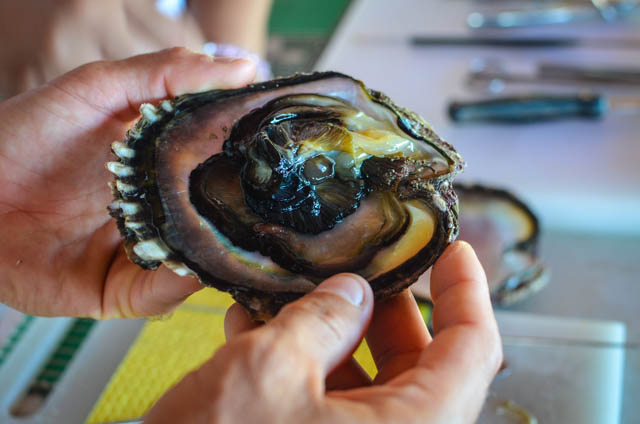
The next day the good weather held and we were off to the other side of Taha’a. On the northwest side of the island are a couple motus; we anchored just off Ilot Tautau, encrusted with expensive palapa-style bungalows stretching out across the water. They had a really lovely view until we showed up and plunked our anchor just offshore in the eight feet of crystalline water and clear sand. Suckers!

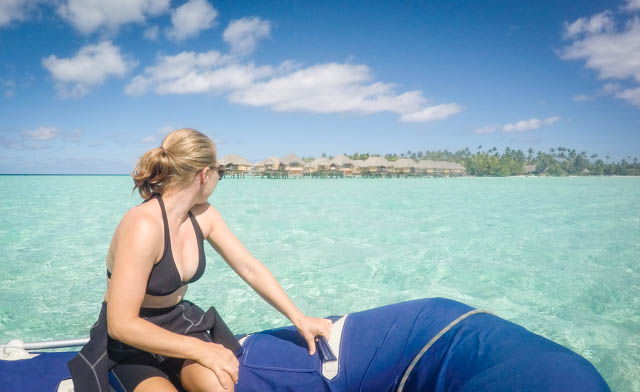
Between Tautau and the next motu north, Mararare, there’s a pass out to the reef that’s 300 feet wide and a quarter mile long. The channel is only three feet at the deepest and it’s a snorkeling gold mine. It’s called the Coral Gardens, but Coral Maze might be more appropriate. The corals are healthy, colorful, and dense. And the fish must be used to getting fed by the tourists because upon entry they swarm you. If you open your hands to them they nip at your empty palms. I lost sight of Miranda a few times behind clouds of Pacific Double Saddle Butterflyfish and Convict Surgeonfish.
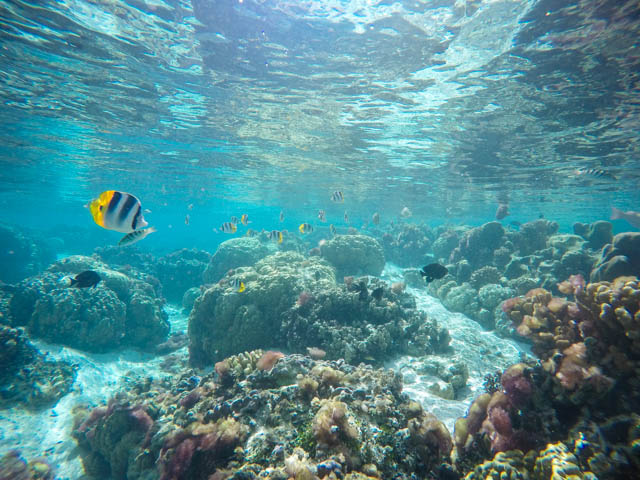
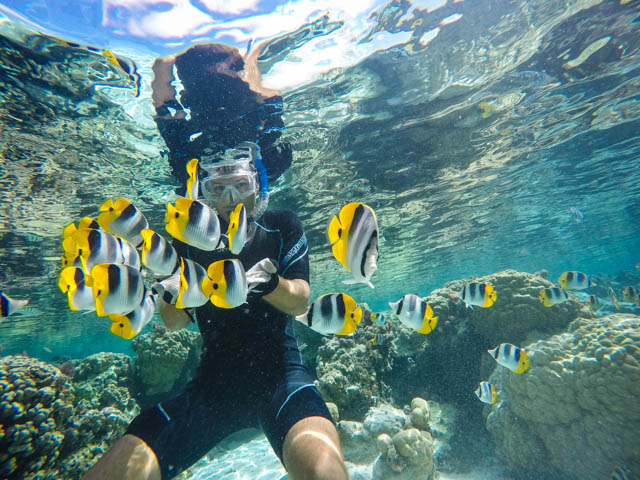
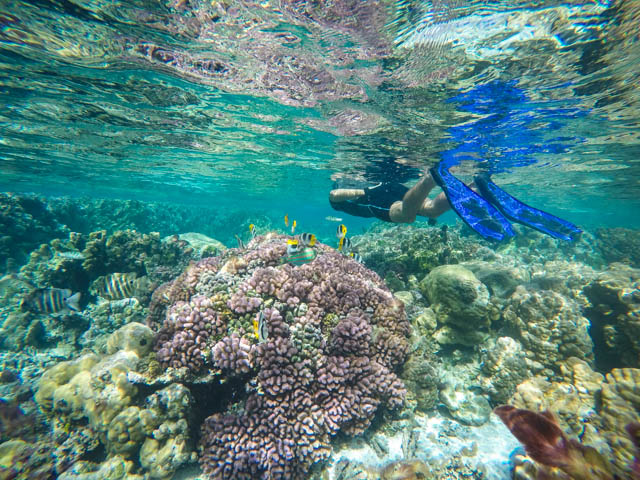
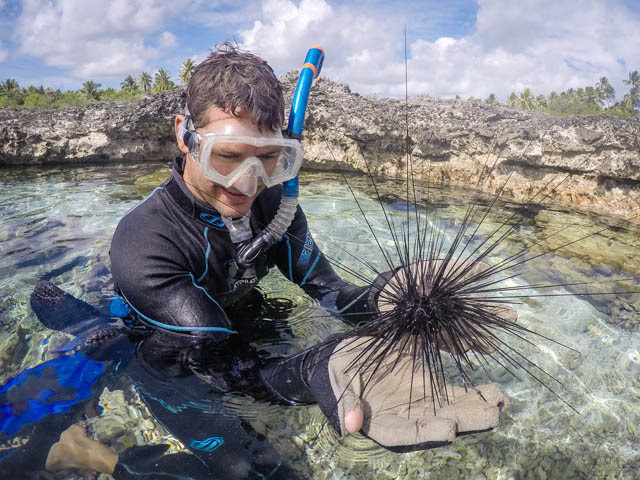
Even though we didn’t bring any bread to feed the fish I still think they were happy to see us.
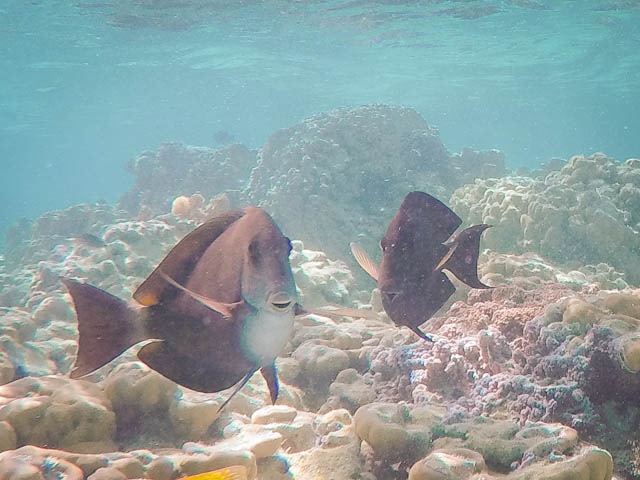
Two days of almost constant immersion and then we were off to Bora Bora, purportedly the most beautiful island in the world!
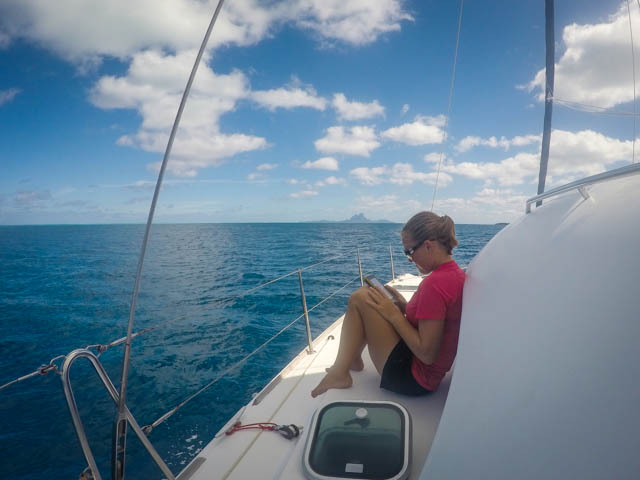
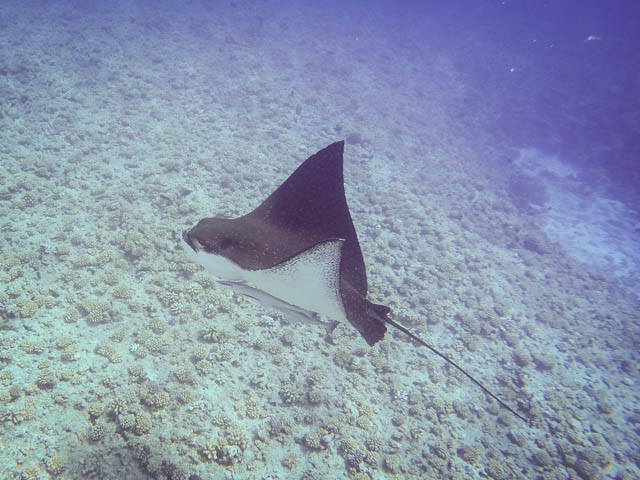


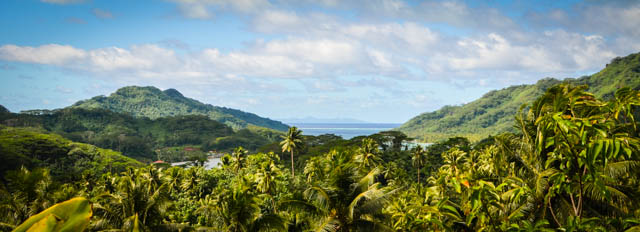
1) Continued awesomeness.
2) “Swarthy” will have to suffice for word of the blog, but honestly, we both know you’re capable of more, Pete.
3) Your buddy Hal makes no sense whatsoever.
4) Send me an email with your email addresses. I thought I’d copied them from my Nido account, but evidently, I had not: grallen32@hotmail.com
5) Fair winds, my friends.
Email on the way. I happen to fancy the “swarthy” in life, but I’ll try harder. Promise. Probably not the first time Hal’s been accused of not making much sense, but that’s probably why he’s always such a good time.
Cool stories about the vanilla beans and pearls. I have a new respect for each!